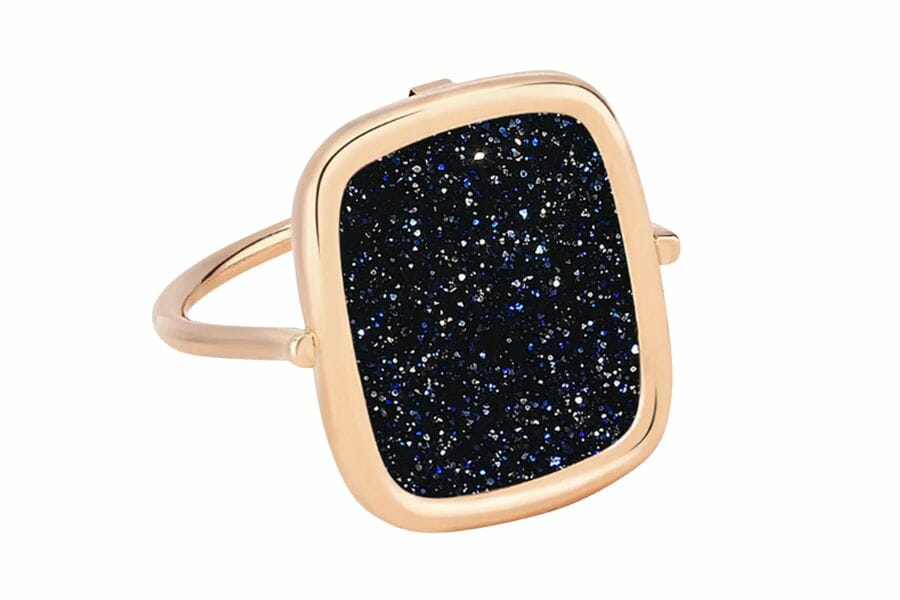Welcome to the beautiful world of sandstone! Get ready to go on a trip to learn the truth behind its worth, value, and charm. We’re here to shed light on the appealing qualities of this unique rock, whether you’ve marveled at its magnificent presence in historic structures or questioned its use in the modern world.
Sandstone has a visual charm that’s hard to resist. Its colors, from soft, earthy tones to vibrant hues that dance in the sunlight, breathe life into our surroundings. Think of it as nature’s artist, effortlessly adding a touch of natural splendor to any landscape or architectural masterpiece.
Yet, there’s more to sandstone than meets the eye. Its durability is a force to be reckoned with, making it a beloved choice for construction projects and outdoor installations. Resistant to the weather’s whims, it stands tall against the test of time.
But wait, there’s another secret to its value. Sandstone, being a natural insulator, keeps our homes cozy in winter and refreshingly cool in summer. It embraces us in an embrace so comforting that it feels like a warm hug from Mother Nature herself.
So, let us delve into the fascinating world of sandstone, where its value, price, and worth intertwine. Join us as we unlock the mysteries behind this beloved rock, unveiling its hidden treasures and discovering why it continues to hold our fascination.
Together, we’ll embark on an adventure that will leave you amazed by the wonders of sandstone!
What Sandstone Is
Sandstone is a sedimentary rock that forms through nature’s slow and patient dance. Picture countless grains of sand, weathered and worn over time, coming together to create a harmonious masterpiece.
It’s like a sandy mosaic, where individual particles join forces, bound by minerals and the gentle touch of water, to craft a rock that tells tales of Earth’s history.
Over millions of years, wind, water, and other natural elements have worn down existing rocks, transforming them into refined grains of sand. These tiny particles then find their way to riverbeds, coastlines, or ancient deserts, where they settle and accumulate layer upon layer.
As the weight of the overlying sediment increases, the grains compress, and the minerals in the sand act as a natural glue, binding them together. This wondrous rock owes its existence to the forces of erosion and deposition.
Sandstone, a rock that showcases a delightful variety of colors, textures, and patterns, emerges from this natural symphony. Its composition can vary depending on the minerals present in the sand and the environment in which it formed.
From the warm, earthy tones of red and yellow to the relaxed elegance of gray and blue, sandstone presents a kaleidoscope of hues that reflect the geological history of its birthplace.
Sandstone’s porous nature grants it many uses, from architecture and construction to art and sculpture. With its unique blend of durability, beauty, and versatility, this remarkable rock has woven itself into the fabric of human history, leaving an indelible mark on the landscapes we inhabit and the structures we admire.
So, let us journey deeper into the realm of sandstone, where its humble grains intertwine to create a story as old as time.
Gray Sandstone
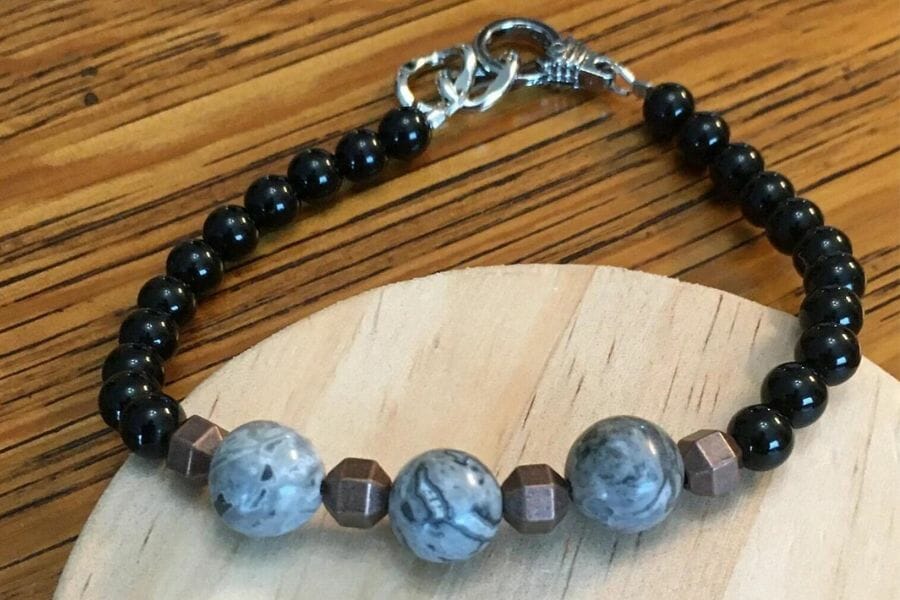
Photo provided by and available for purchase at FlemmingFaire
Gray sandstone is a type of sandstone that exhibits a charming gray coloration. Its gray hue arises from various factors, including minerals such as iron oxide, clay, or organic matter within the sand grains. These components infuse the rock with shades of gray, ranging from light silver to deep charcoal.
This gray sandstone can be found in nature’s landscapes, adorning architectural marvels, and even serving as a canvas for creating sculptures, imparting a touch of understated elegance wherever it is found.
How much is Gray Sandstone worth
As an approximate estimate, gray sandstone can range from around $10 to $30 per square foot for slabs or tiles. Remember that this is a rough estimate, and actual prices may differ based on the specific characteristics of the sandstone, such as its origin, finish, and thickness.
Brown Sandstone
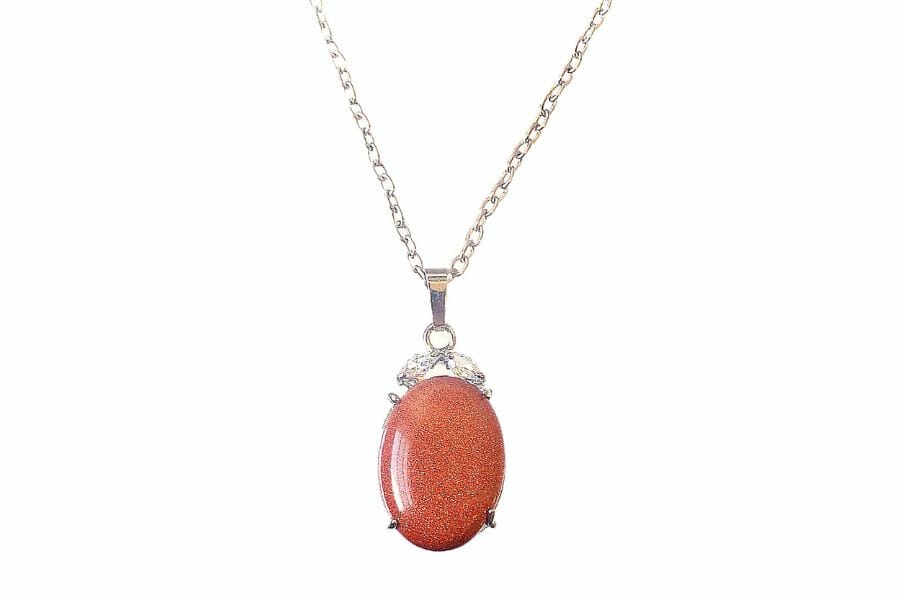
Photo provided by and available for purchase at ByCilaJewelry
Brown sandstone, my curious companion, is a captivating variation of sandstone that exhibits delightful shades of brown. The brown coloration arises from various factors, including iron oxide minerals, such as hematite or limonite, within the sand grains.
These minerals impart a warm, earthy hue to the sandstone, ranging from light tan to rich chocolate brown. Brown sandstone can be found in nature’s landscapes, adorning architectural structures and offering natural beauty to our surroundings with its cozy and inviting color palette.
How much is Brown Sandstone worth
The price of brown sandstone per square foot can vary depending on several factors, including the sandstone’s quality, source, thickness, finish, and regional market conditions. Generally, brown sandstone can range in price from around $8 to $20 per square foot.
Yellow Sandstone
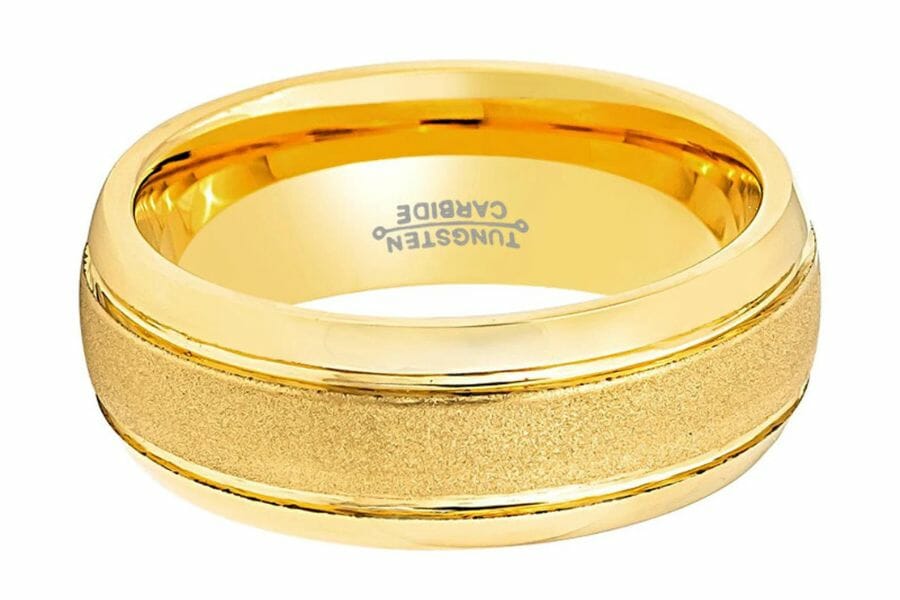
Photo provided by and available for purchase at ByCilaJewelry
Yellow sandstone, my curious friends, is a delightful variant of sandstone that showcases a vibrant yellow hue. The yellow coloration is typically due to iron oxides or other minerals within the sand grains. These minerals impart a sunny and warm tone to the sandstone, ranging from pale yellow to deep golden shades.
Yellow sandstone can be found in nature’s landscapes, used in construction and architectural projects, and it brings a cheerful and radiant touch of nature’s beauty to our surroundings.
How much is Yellow Sandstone worth
The price of yellow sandstone per square foot can vary depending on various factors, including the quality, source, thickness, finish, and regional market conditions. Generally, yellow sandstone can range in price from approximately $10 to $30 per square foot.
Red Sandstone
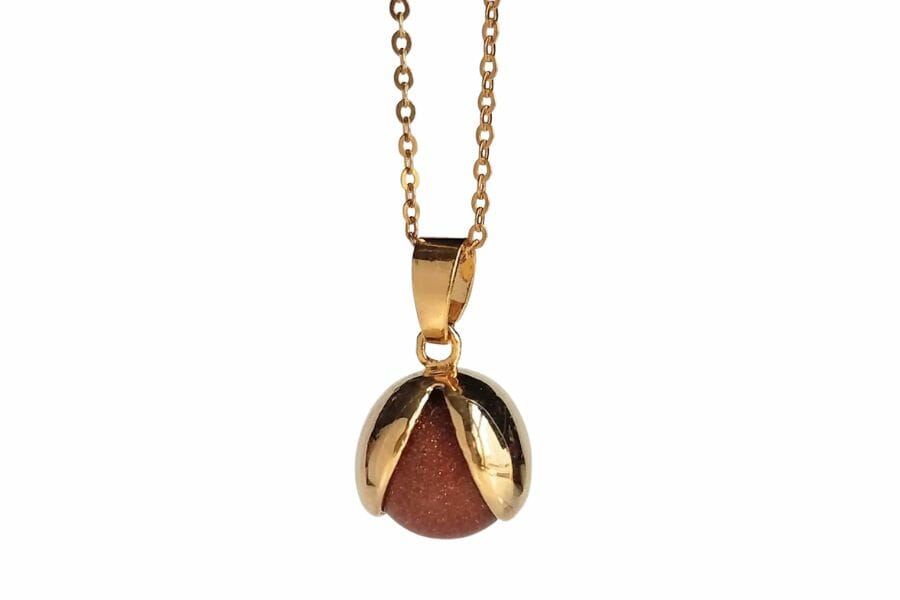
Red sandstone is a variation of sandstone that boasts a striking red color. The red hue is often attributed to iron oxide minerals within the sand grains, such as hematite or goethite. These minerals lend the sandstone a warm and rich reddish tone, ranging from soft terracotta to deep burgundy shades.
Red sandstone can be found in nature’s landscapes, gracing architectural wonders and evoking a sense of warmth and timeless beauty in our surroundings.
How much is Red Sandstone worth
The quality, source, thickness, finish, and local market conditions are some of the variables that might affect the cost of red sandstone per square foot. Red sandstone typically costs between $10 and $30 per square foot.
Why Sandstone Is So Expensive
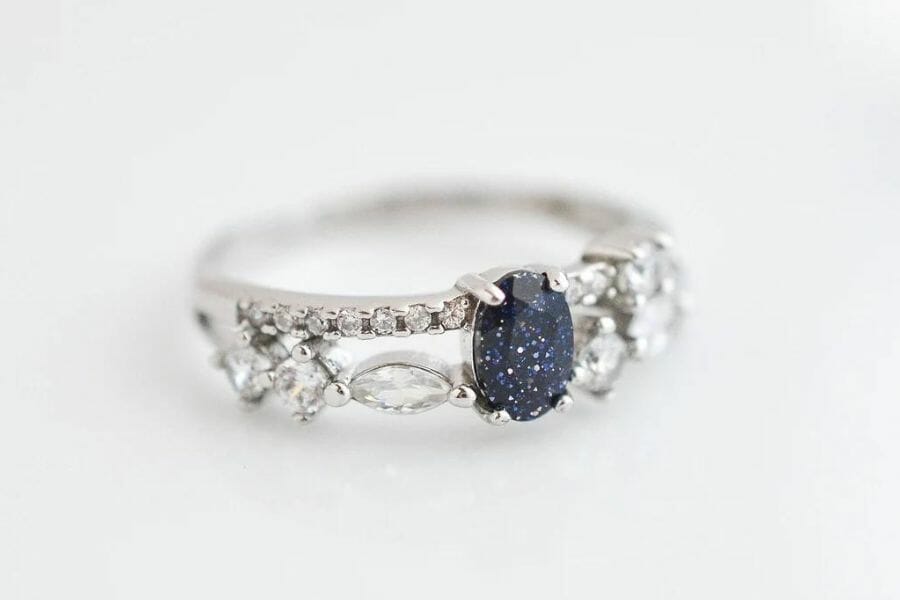
Beyond its visual allure, sandstone boasts remarkable durability and weather resistance. This rock’s ability to withstand the elements is invaluable, making it an ideal choice for construction projects. Whether adorning historical monuments or modern buildings or enhancing outdoor landscapes, sandstone weathers gracefully, standing strong against the test of time.
Sandstone’s versatility further contributes to its value. It can be shaped and crafted into various forms, including slabs, tiles, blocks, and intricate sculptures. From flooring and wall cladding to pillars and decorative elements, sandstone finds applications in both structural and artistic realms.
Sandstone’s thermal insulation properties make it a practical choice. It remains cool in the heat, providing relief during scorching summers, while retaining warmth in cooler seasons, creating a comfortable environment. This energy-efficient characteristic adds to its desirability and utility.
Sandstone carries a sense of history and connection to the Earth. It has been used by civilizations throughout the ages, leaving an indelible mark on architectural wonders and cultural heritage. Its presence invokes a sense of timelessness and evokes a deep appreciation for the beauty of nature’s craftsmanship.
How To Determine The Value Of Sandstone
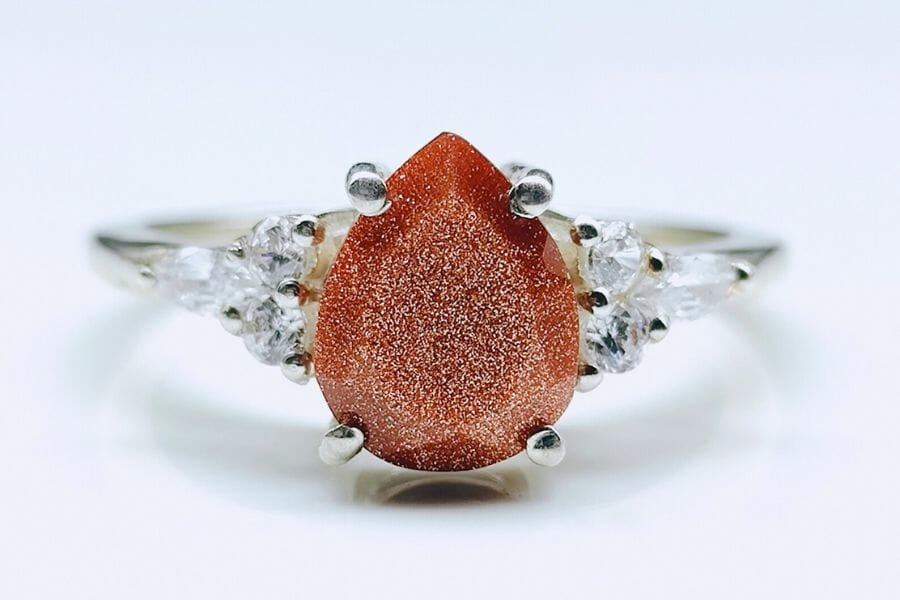
While determining the worth of sandstone, there are numerous different factors to consider, such as the following:
Quality
The quality of the sandstone plays a crucial role in its pricing. High-quality sandstone with consistent color, texture, and structural integrity tends to command a higher price than lower-quality variations.
Rarity
The availability and rarity of certain types of sandstone can impact its price. If a particular variety of sandstone is scarce or difficult to source, it may be priced higher due to its limited supply.
Size and Thickness
The dimensions of the sandstone piece, such as its length, width, and thickness, can influence its price. More extensive or thicker pieces may have a higher price due to the increased material and production costs.
Finish and Treatment
The type of finish or treatment applied to the sandstone can also impact its price. Polishing, honing, or unique surface treatments can add value and increase prices.
Market Demand
Like any commodity, the demand for sandstone in the market can affect its price. If there is high demand for a specific type or color of sandstone, its price may increase accordingly.
Source and Location
The geographical origin of the sandstone and the associated transportation costs can influence its price. Sandstone sourced from distant locations may be priced higher due to the expenses involved in extraction, shipping, and logistics.
It’s important to note that these factors can vary depending on the specific sandstone type and regional market conditions. Consulting with local suppliers or stone professionals is advisable to obtain accurate pricing information based on your specific requirements and location.
Sandstone Price By Color
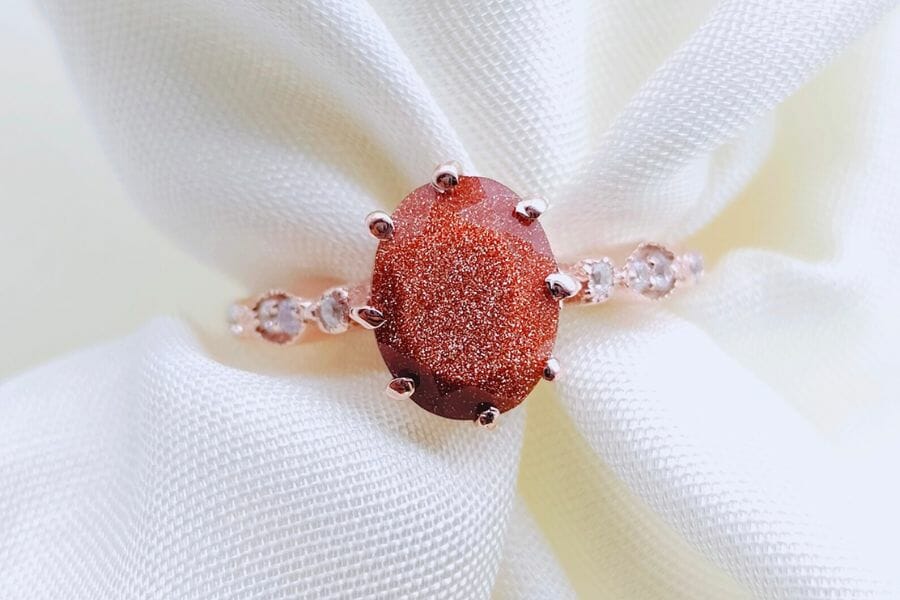
By being aware of the factors, one can evaluate the value and price of sandstone. The most popular sandstone colors and their costs are shown below.
Sandstone values by color
| Color | Location | Price (Per Square Foot) |
| Gray Sandstone | Any | $10 – $30 |
| Brown Sandstone | Any | $8 to $20 |
| Yellow Sandstone | Any | $10 – $30 |
| Red Sandstone | Any | $10 – $30 |
How To Get An Appraisal On Your Sandstone
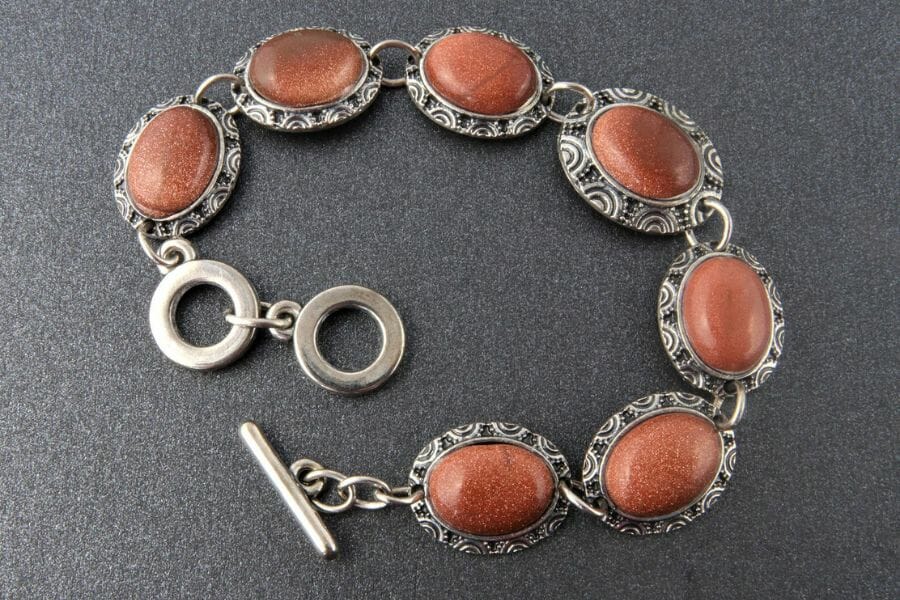
A few things need to be considered for a realistic and accurate evaluation of your sandstone.
Determine why you need an appraisal for the sandstone. Whether it’s for insurance purposes, selling or buying, or for personal knowledge, understanding the purpose will help guide the appraisal process.
Look for a reputable appraiser specializing in natural stone or construction materials. Consider contacting local stonemasons, stone suppliers, or professional appraisal organizations for recommendations.
Gather relevant information about the sandstone, such as its type, size, color, origin, and unique characteristics. Provide details on the condition, age, and any documentation or history associated with the stone, if available.
Schedule an appointment for the appraiser to inspect the sandstone in person. They will examine its quality, condition, and any distinguishing features that may impact its value.
After the inspection, the appraiser will prepare a written appraisal report detailing the sandstone’s value based on their assessment, expertise, and current market conditions. The report should include the appraiser’s qualifications, methodology, and a clear explanation of the value’s determination.
Carefully review the appraisal report for accuracy and ensure it aligns with your expectations and needs. Store the appraisal safely, as it may be required for future reference, insurance claims, or transactions.
Remember, the cost of obtaining an appraisal will vary depending on the appraiser’s expertise, location, and the complexity of the assessment. It’s recommended to get estimates from multiple appraisers and choose one who offers a fair price while maintaining professionalism and expertise.

